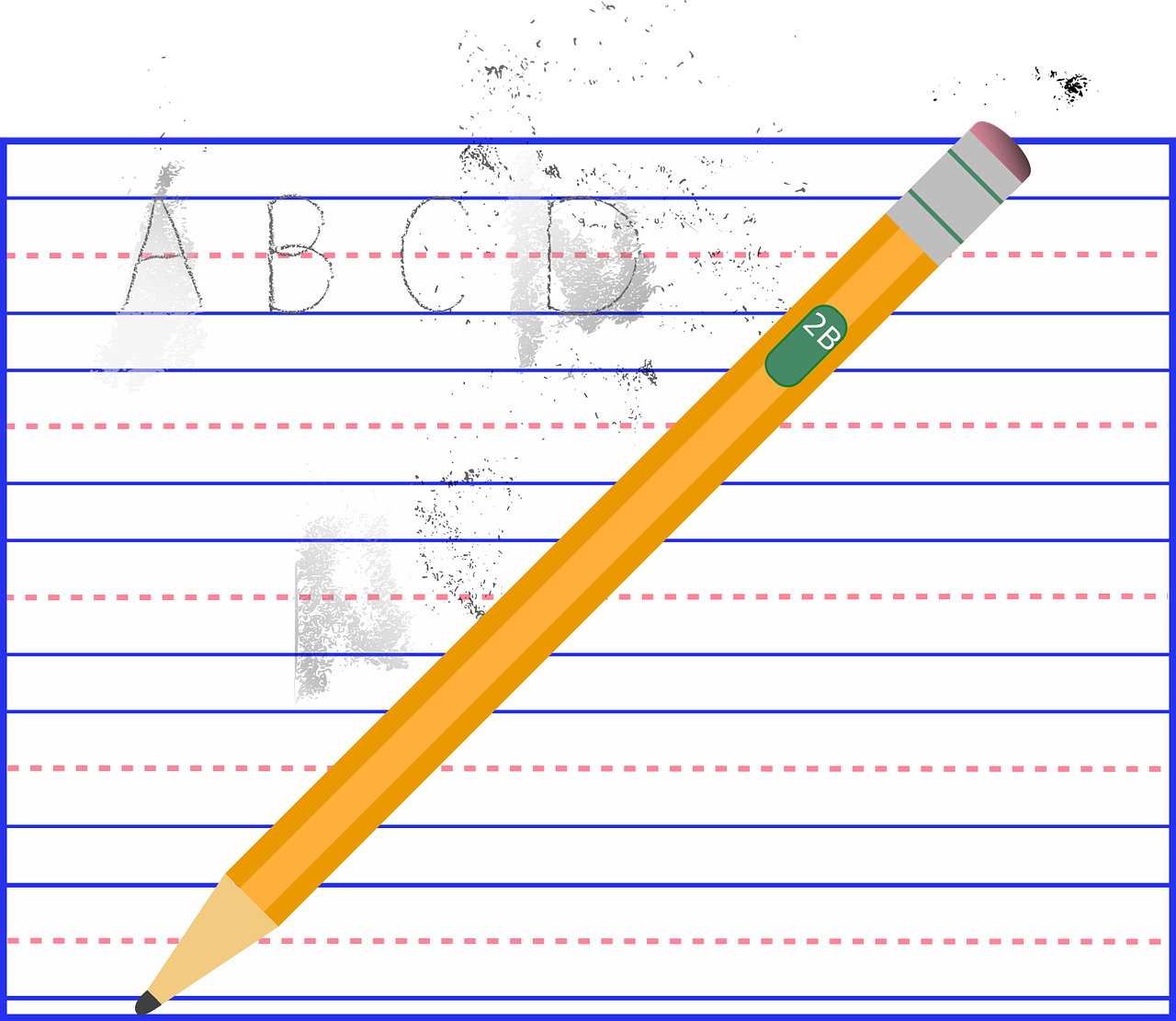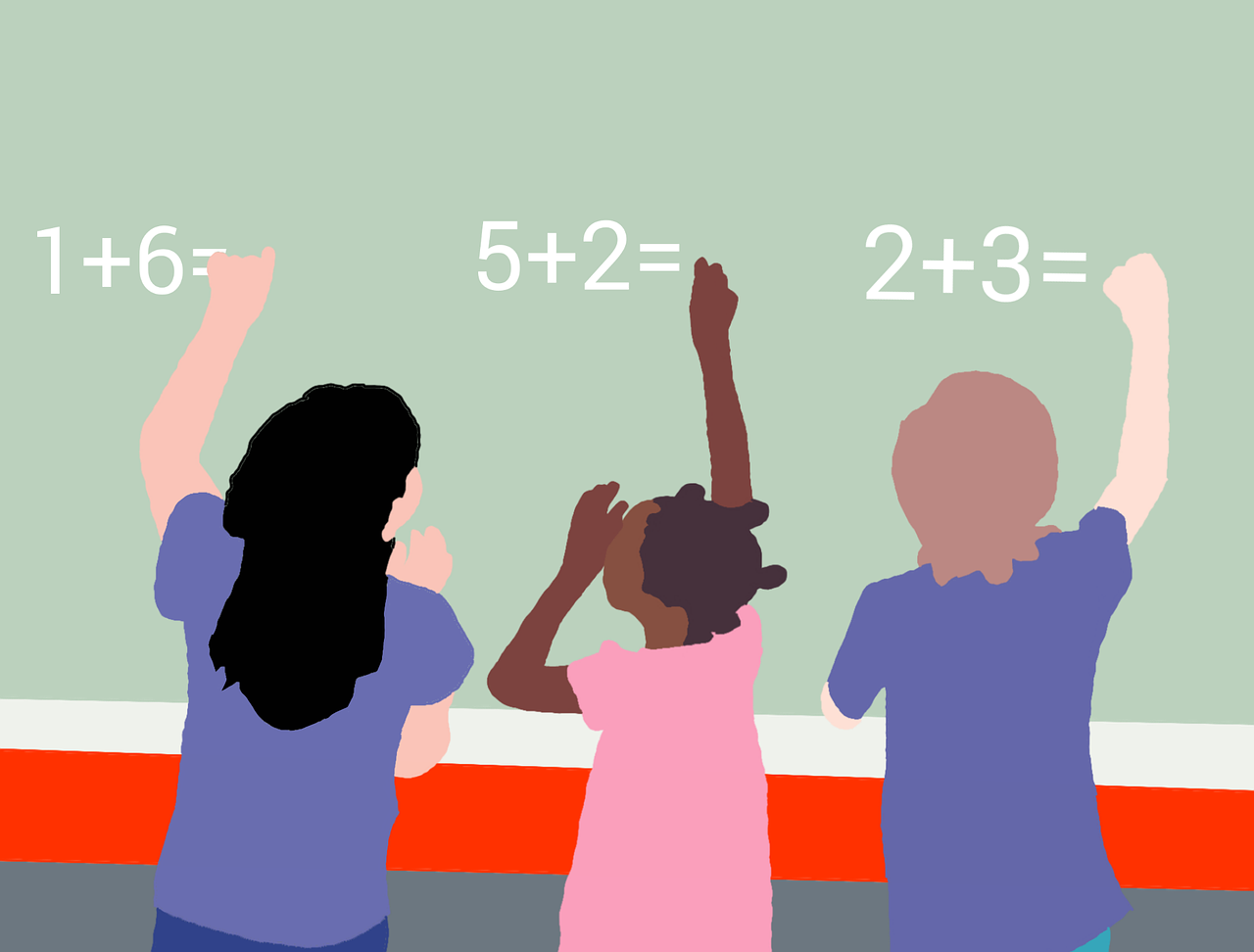Let’s be clear, Dyslexia is a reading disorder, Dysgraphia is a writing disorder and Dyscalculia is a challenge with numbers and math but the conditions may sometimes be confused for one another. That’s because people with dyslexia may also have problems with their writing and spelling or attention to numbers.
Reading, writing, Maths & English are part of every child’s school life and you would be amazed at how many struggle daily in their class rooms resulting in a lack of self esteem, being disengaged in learning and sometimes resulting in behavioral problems out of frustration. Schools in Bangkok are becoming more and more inclusive and realising that not all kids fit into one standard educational box and that sometimes the kids that ‘think outside of the box’ are the ones that struggle in one area but excel in many others and can see things in a different perspective. The Sistine chapel would never have been painted had Michael Angelo not struggled at school and used his painting as a process of expressing his frustration.
What is Dysgraphia?
Dysgraphia makes it difficult for a person to form letters in writing. It’s a neurological disorder that can affect children or adults. People with dysgraphia may also use the wrong word for what they’re trying to communicate. People with dysgraphia often have trouble concentrating on other things while writing. This can make it difficult to take notes during class or a meeting because so much attention is being paid to getting each word down on paper that other things that are said may be missed.
What Causes Dysgraphia?
If dysgraphia appears in childhood, it’s usually the result of a problem with orthographic coding. This is an aspect of working memory that allows you to permanently remember written words, and the way your hands or fingers must move to write those words.
With dysgraphia, kids or adults have a harder time planning and executing the writing of sentences, words, and even individual letters. It’s not that you don’t know how to read, spell, or identify letters and words. Instead, your brain has problems processing words and writing.

What is Dyscalculia?
Dyscalculia is an unexpected and persistent learning difficulty that makes it hard to understand, learn, or use maths. Often described as “dyslexia with numbers” – it is much less well-known than dyslexia.
We are all on a sliding scale of confidence and ease with maths and many people who do not have a learning difficulty do find it difficult to learn maths. Many adults lack confidence with numbers, find maths hard, or have ‘maths anxiety’ which can get in the way of dealing with numbers and data in daily life – causing similar effects to dyscalculia.

Both Dyscalculia and Dysgraphia can slow down academic progress and students may also be accused of being sloppy or lazy because their handwriting isn’t neat or they are not paying attention in class, this leads to frustration and affects our kids self esteem leading to anxiety, a lack of confidence, and negative attitudes toward school. However once assessed and correctly diagnosed there is help out there in the form of online networks, learning support programmes at schools and academies that specialise in assisting kids overcome their learning challenges.
It is possible to have both learning disabilities, but it’s important to get a proper diagnosis so you know if one or many conditions require attention. Once diagnosed it’s important to work with your child’s school and teachers on accommodations that are appropriate for this type of learning disability to develop classroom strategies that can help.














